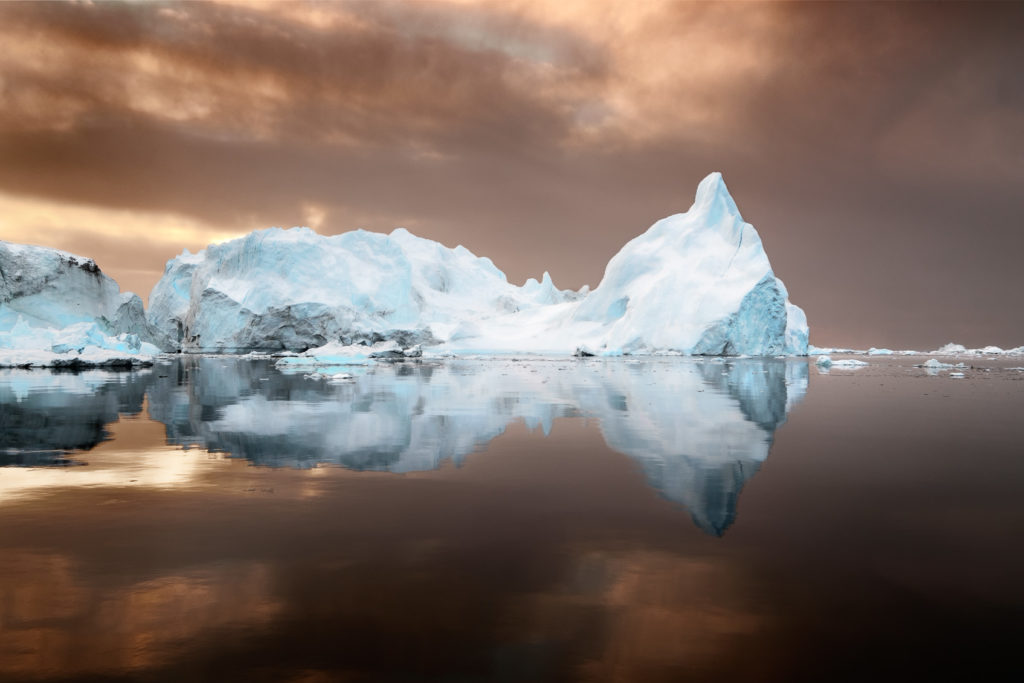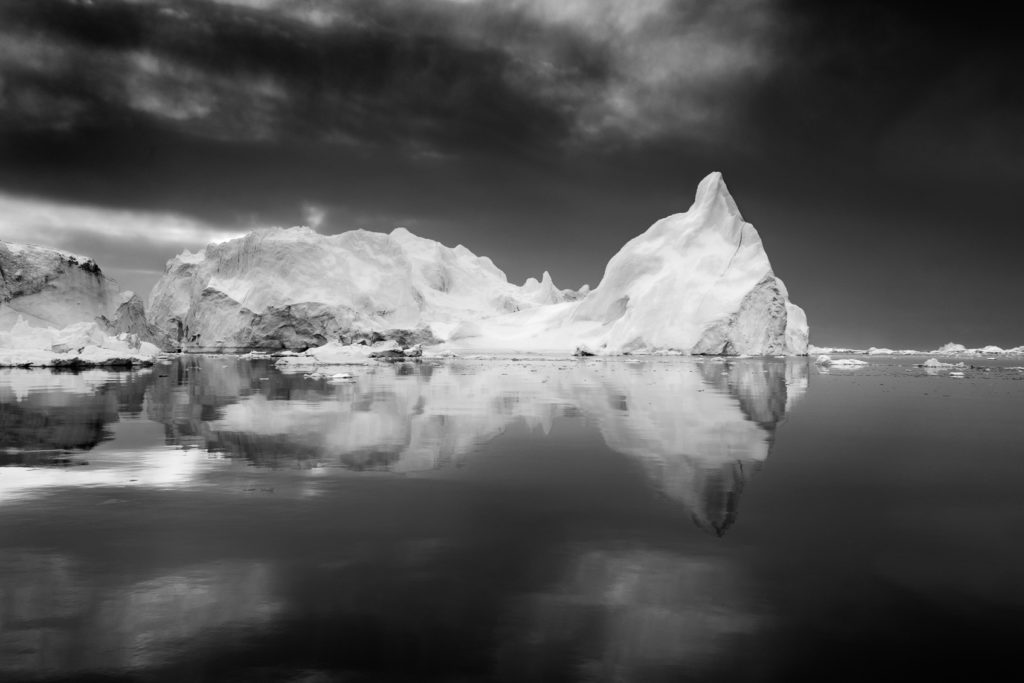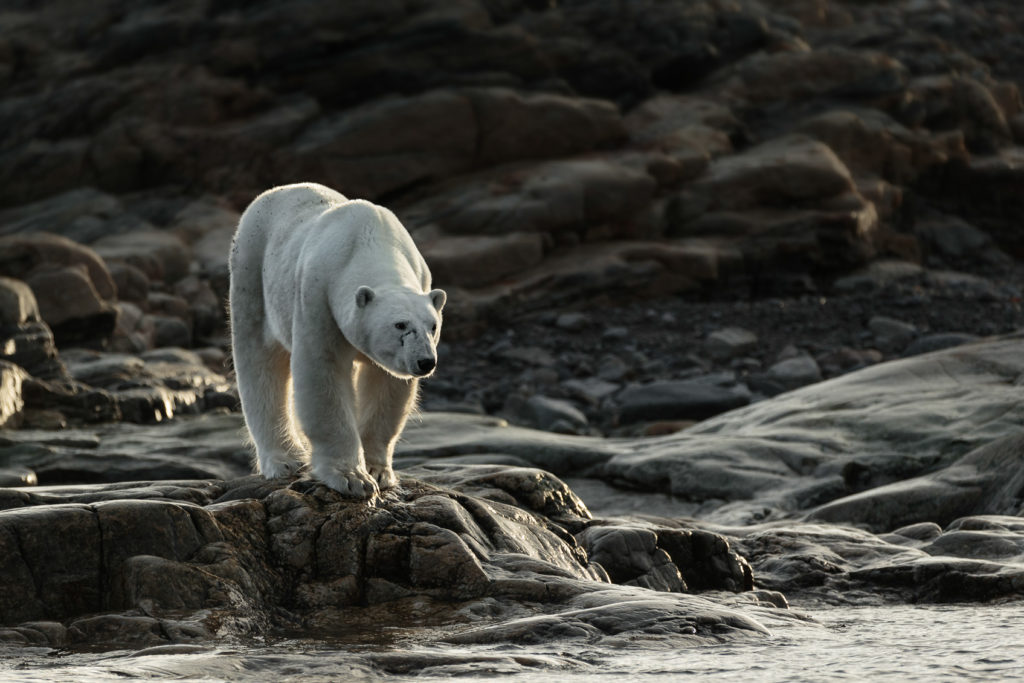Fujifilm XT-1 and Greenland Icebergs
Fujifilm XT-1 Flagship and Greenland Icebergs
On a recent photographic trip to Greenland. FujiFilm Switzerland loaned me the FujiFilm XT-1 and 3 lenses; XF 16-55mm/2.8; XF 50-140mm/2.8 and the wide-angle XF 10-24mm/4.0. I was keen to test FujiFilm’s flagship camera and lenses in the harsh Arctic conditions.
A friend and fellow photographer, Peter Delaney, is a recent convert to Fujifilm’s mirrorless platform and has been informing me of his positive experiences.
The first noticeable things
The first noticeable thing on my travels was. How light my FujiFilm camera bag was compared to my DSLR bag, especially as I trekked across deep snow and frozen terrain of Greenland. Another delightful surprise was FujiFilms EVF. It was big, bright, and every change I made in the camera settings reflected in the viewfinder, WYSIWYG. You can program your EVF to show your histogram, exposure compensation, ISO, aperture and shutter settings, and more, invaluable. Why can’t my DSLR do this! Simple, it has a mirror!
Iceberg photographed from moving boat handheld: Fujifilm XT-1; lens: XF 10-24mm F/4.0; Exposure: 1/60sec. F/9.0; ISO 200. Discover more of our reflection nature photographs in our portfolio. Fine Art Nature photography prints for sale.
The Menu easy to navigate
Other valuable features, the horizon level turns green when level, no more having to adjust horizons in post-processing.
I found the menu easy to navigate, and the quick menu a blessing. No more having to scroll through pages of the menu. A neat feature is the focus assist. By pressing the focus assist button or by turning the manual focus ring on your lens activates highlight peaking, which shows you which part of your photograph is in focus. Especially useful in challenging lighting or for people who sometimes don’t trust their eyes. Why can’t my DSLR do this?
Two fisher boats passing each other. This travel photograph is captured handheld from the cliffs: FujiFilm XT-1; lens: XF 50-140mm F/2.8; Exposure: 1/60sec. F/13.0; ISO 200
My Major Concerns
One of my primary concerns was the battery performance, especially in ice-cold conditions. On my boat trips photographing the icebergs floating, two batteries lasted easy 4-5 hours, which was more than adequate. The batteries are small and inexpensive, easy to stow in your pocket.
One big difference I noted on my return between my DSLR and Mirrorless Fujifilm XT-1, was the number of exposures I made. I made more exposures with my DSLR than FujiFilms XT-1. It wasn’t that I preferred photographing with the DSLR. It was because I trusted FujiFilms XT-1 EVF that I had captured the photograph precisely as I wanted.
Conclusion
My photographic trip to Greenland was a success. I came back with beautiful Landscape Photographs created with the FujiFilm XT-1, even the out of the camera jpegs were impressive. I love the film simulation modes too. My favorite is Classic Chrome. Read more about my journey’s around the globe.
I am truly impressed by FujiFilm’s mirrorless equipment, and it will become part of my camera equipment. I have switched to FujiFilm, more info on why I switched from Canon to FujiFilm cameras. By now I as well own the Fuji XH1. read more about what this camera offers you.
A big thank you to FujiFilm Switzerland for the loan equipment and their valuable advice and input. Very impressed by their service, which seems the norm with FujiFilm offices around the world.
What I highly recommend is the book by publishers Rocky Nook: Fujifilm XT-1; 111 X-Pert Tips to get the most out of your camera.




